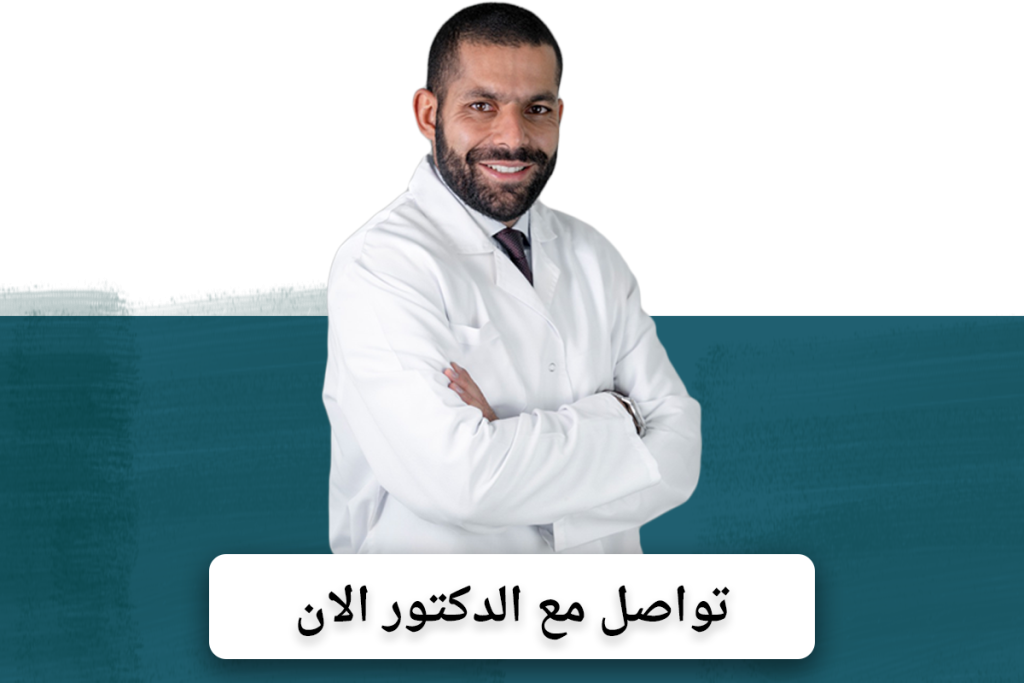
Shoulder tendonitis is a condition that occurs when the shoulder tendons become irritated and inflamed. Tendonitis is a common problem affecting the shoulder and can occur due to several reasons, including:
- Overexertion and repetition: Doing repetitive activities that require intense use of the shoulder, such as lifting weights or throwing a ball, can cause irritation and swelling of the tendons.
- Acute injury: A direct injury or sharp blow to the shoulder can lead to tendonitis.
- Tendon rupture: A ruptured shoulder tendon can lead to inflammation of the tendons surrounding it.
- Arthritis: Some inflammatory arthritis conditions such as rheumatoid arthritis or degenerative arthritis can also cause tendinitis.
- Excess tension: Making unnatural movements or overloading the shoulder can lead to tendinitis.
Symptoms of shoulder tendonitis
Irritation of the shoulder tendons can cause a variety of symptoms, including but not limited to:
- Shoulder pain: The patient may feel continuous or intermittent pain in the shoulder, and the pain may be acute or chronic. The pain may increase when moving the shoulder or doing activities that load the shoulder.
- Swelling and redness: Shoulder tendonitis may be accompanied by swelling and redness in the area surrounding the shoulder. The pain can be accompanied by a feeling of local heat in the shoulder.
- Difficulty in shoulder movement: The patient may have difficulty moving the shoulder normally. He may feel restricted or stiff in movement, and pain may occur when trying to raise the arm or move it in a certain way.
- Weak strength: Weak muscle strength may occur in the affected shoulder, affecting the ability to lift objects or perform specific shoulder movements.
- Abnormal sound: In some cases, the patient may feel an abnormal sound such as a crackle or pinch when moving the shoulder, as a result of irritation and inflammation in the tendons.
- Spread of pain: The patient may feel pain extending from the shoulder to the arm or neck, and may feel numbness or tingling in the arm.
If you suffer from these symptoms, it is important to consult a doctor to evaluate your condition and direct the necessary treatment. Treatment may include the use of anti-inflammatory medications, physical therapy, rest, and avoidance of painful activities, and in some severe cases, surgical treatment may be necessary.

Physical therapy after shoulder tendonitis
Physical therapy is an important part of treating shoulder tendonitis. Physical therapy aims to strengthen the muscles surrounding the shoulder, increase flexibility, and improve shoulder mobility. Physical therapy may include several techniques and exercises, including:
- Stretching and mobility exercises: Regular stretching of the muscles surrounding the shoulder helps improve their flexibility and relieve tension on the tendons. Some common exercises include the side extension, back extension, and front extension. Kinetic exercises can also include flexible shoulder movements to improve range of motion.
- Muscle strengthening: Strengthening the muscles surrounding the shoulder enhances shoulder stability and relieves tendon pressure. Muscle-strengthening exercises include strengthening the shoulder muscles, such as the deltoid and posterior scapulae muscles.
- Manual therapy techniques: Manual therapy techniques can be used to reduce pain and improve shoulder mobility. These techniques include massage, active stretching, and pressing stretching.
- Ice and heat application: The alternating application of ice and heat can be used to relieve pain and reduce inflammation. Ice can be used for 15-20 minutes several times a day, while heat can be used afterward to improve blood flow and relax muscles.
- Activity modification and prevention: It may be necessary to modify your activities and avoid movements that increase pain and irritation in the shoulder. Techniques and means can also be used to protect the shoulder during daily activities and sports.
Physical therapy should be performed under the supervision of a physical therapist. A physical therapist can develop a customized treatment program based on your individual needs and the severity of your condition.

